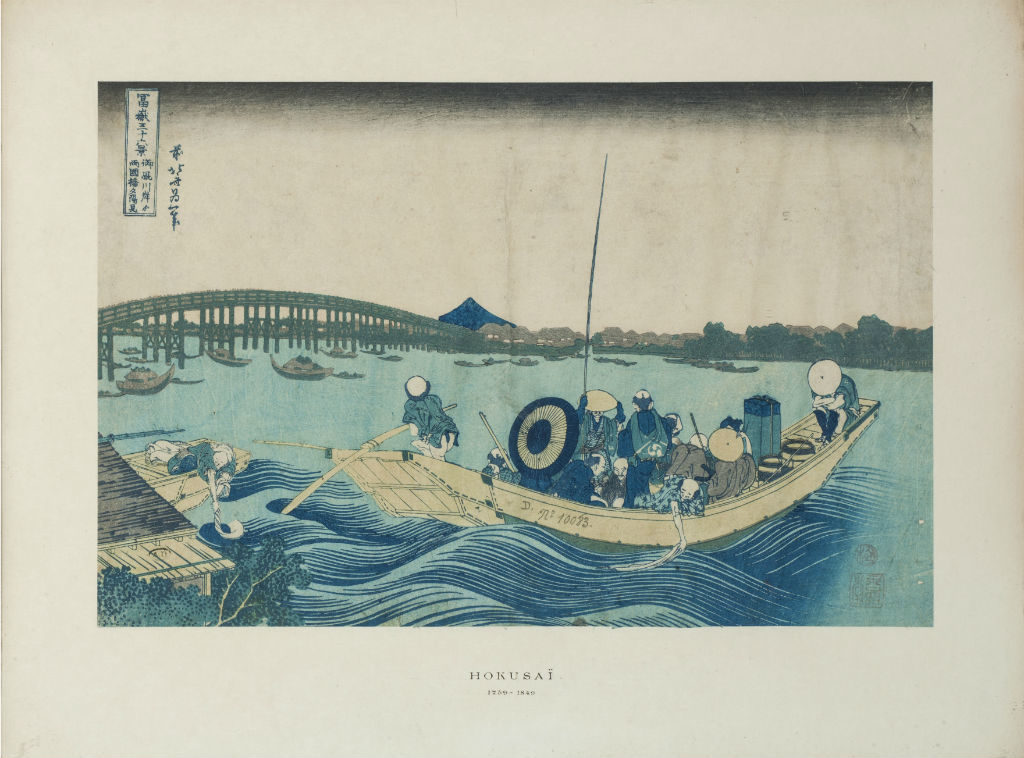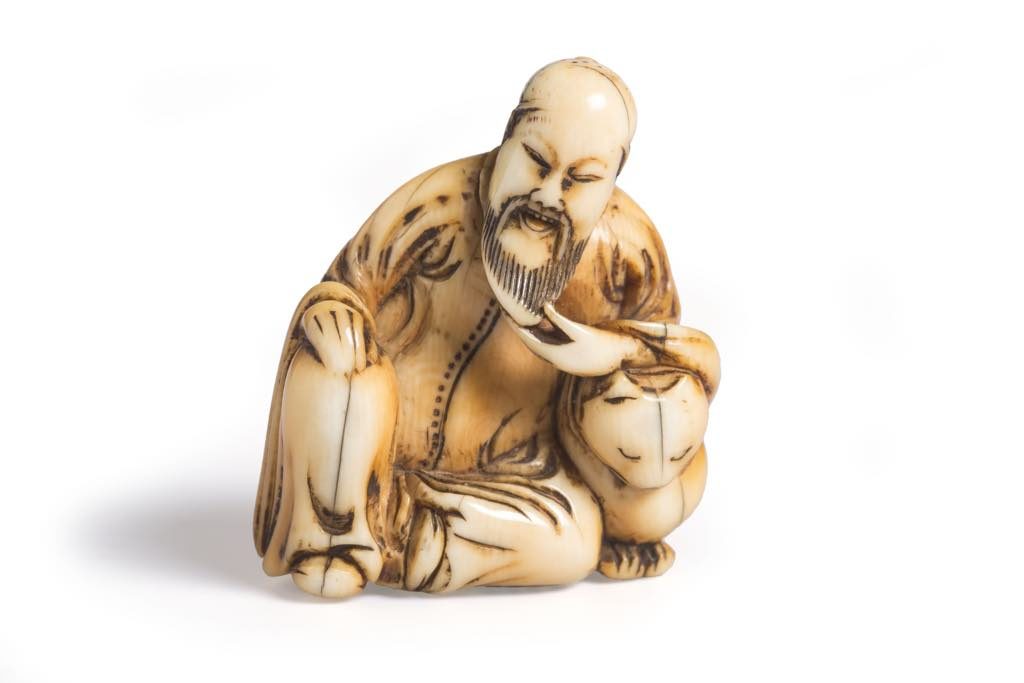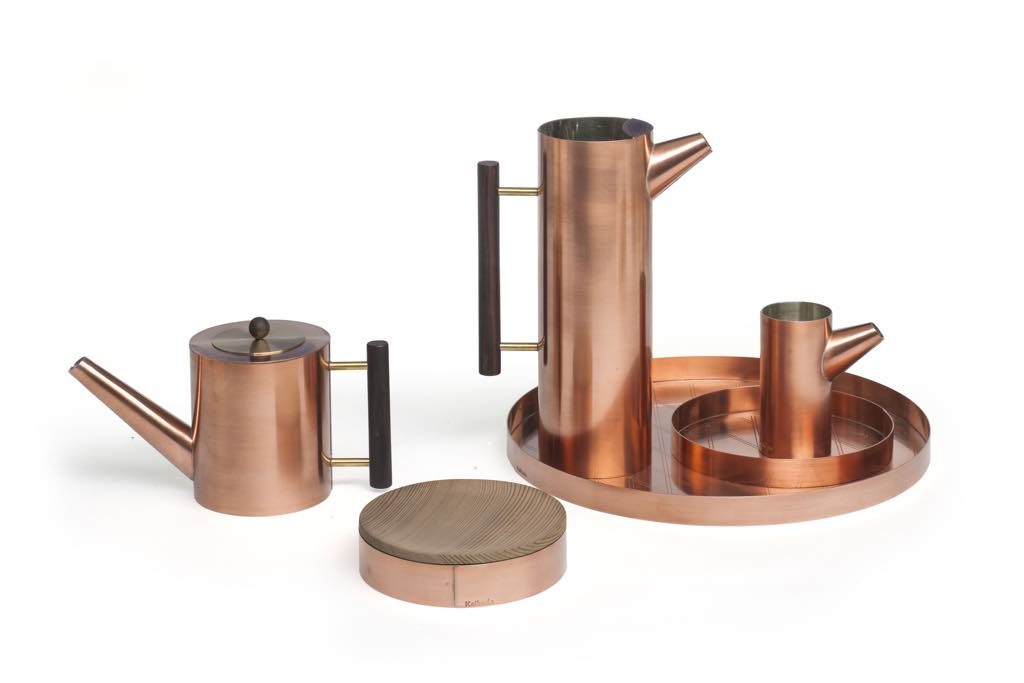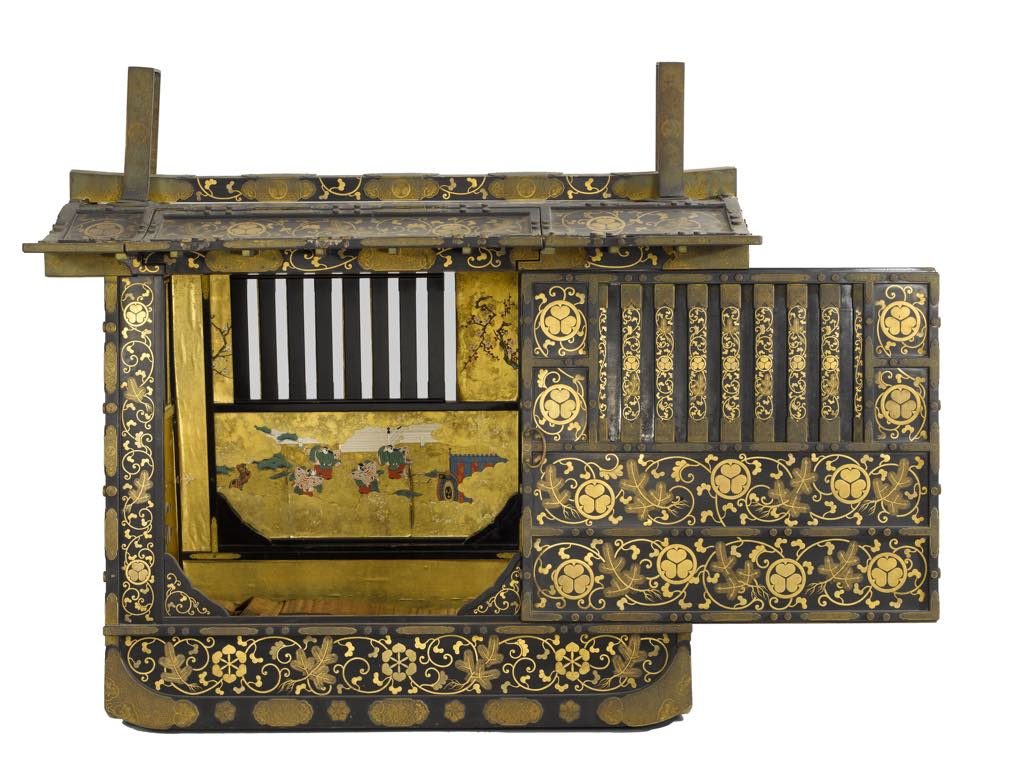
While visiting the exhibition “Japan-Japanisms: Inspired Objects” at Paris’s Musées des Arts Décoratifs, it occurred to me that modern Western art as we know it might have been something entirely different if the arts and crafts of Japan hadn’t suddenly exploded onto the international scene in the mid-1850s after the country had been almost totally isolated from the rest of the world for over two centuries.
Western artists were fascinated and inspired by the shock of seeing new ways of representing the world around us. Japan participated in a World Fair for the first time in Paris in 1867, and exhibitions of Japanese art were soon being held all over the Western world. The leading artists of the day ate it up, digested it and then integrated new flavors and techniques into their own work.
For the exhibition, the museum has dug deep into its archives and trotted out hundreds of objects that either come from Japan or illustrate the Japanese influence on Western art and design.

This multitude of objects is displayed in large vitrines organized by broad themes (discoveries, nature, weather, movement and innovation), broken down into more discrete categories.
Because the lighting is very low (presumably to protect the more fragile pieces) and the vitrines are so large, it is impossible for the visitor to closely inspect a lot of the pieces. That is a shame since there are many, many wonderful things to see here and numerous lessons to be learned from the comparison of Japanese art and its interpretation by Westerners.
Visitors don’t learn much from the show, however, because it offers very little explanation or commentary. They are pretty much left to their own devices as they stare at the profusion of items, trying to make sense of it all. A display case titled “Cadrage” (“Framing”), for example, contains, among a number of other things, a painting by Félix Vallotton of the interior of a theater. If you don’t know much about Japanese art and are not aware of the way Japanese painters presented off-kilter views of a scene, you might well wonder why it is there. The exhibition is mum on the subject.
The impression one gets is that the museum is simply showing off its huge collection and neglecting its responsibility to select and educate. It would have been much better to focus in on one or a few sub-topics and study them more closely.

Still, the exhibition is worth a visit just to see the many fantastic items on show, among them several pieces by that amazingly modern 19th-century British designer Christopher Dresser, who was highly influenced by Japanese art (although the exhibition doesn’t tell us in what way). He deserves a show of his own.

Then there is the plethora of handsome ceramics, prints, objets d’art, everyday objects, masks, books, posters, textiles, wallpaper, fans, furnishings, fashion (including a wonderful John Galliano kimono with a fur stole), netsuke, toys, etc. Overkill? Yes, and a lost opportunity.
Favorite
I visited this exhibition in November and I felt the same. Beautiful objects very badly displayed and with virtually no information. An opportunity very poorly lost. I left disappointed and frustrated that I had learned so little from the exhibition. I explained my frustration to a member of staff, who told me that they had had many similar complaints. Sad! The worst curated exhibition of the 11 I saw during my stay!
Dresser definitely deserves a show of his own. In addition to his Japonisme influence, his works presaged and influenced both the American and British Arts & Crafts movements, and I believe the Jugenstijl as well. He was far ahead of his time. I would love to see this show, but am in Provence so maybe not ……
bonnie
Some magnificent objects of Japanese design from 18th to 21st centuries. But the lighting was designed for young eyes not for anyone over 50. So difficult to see things placed in dim light two meters away. Even the identifying cards in each gallery were hard to decipher in such poor lighting. Might I be so bold as to suggest the use of a flashlight when viewing this exhibition? Sometimes you had to play their guessing game to discover that what you thought was French was actually Japanese and the precursor of the Western example in your mind’s eye.
I fear that this exhibition may be part of a trend in French anti-didactic museum curation. I have been told that the French love to assume “prior knowledge”, but this may be taking it one step too far.